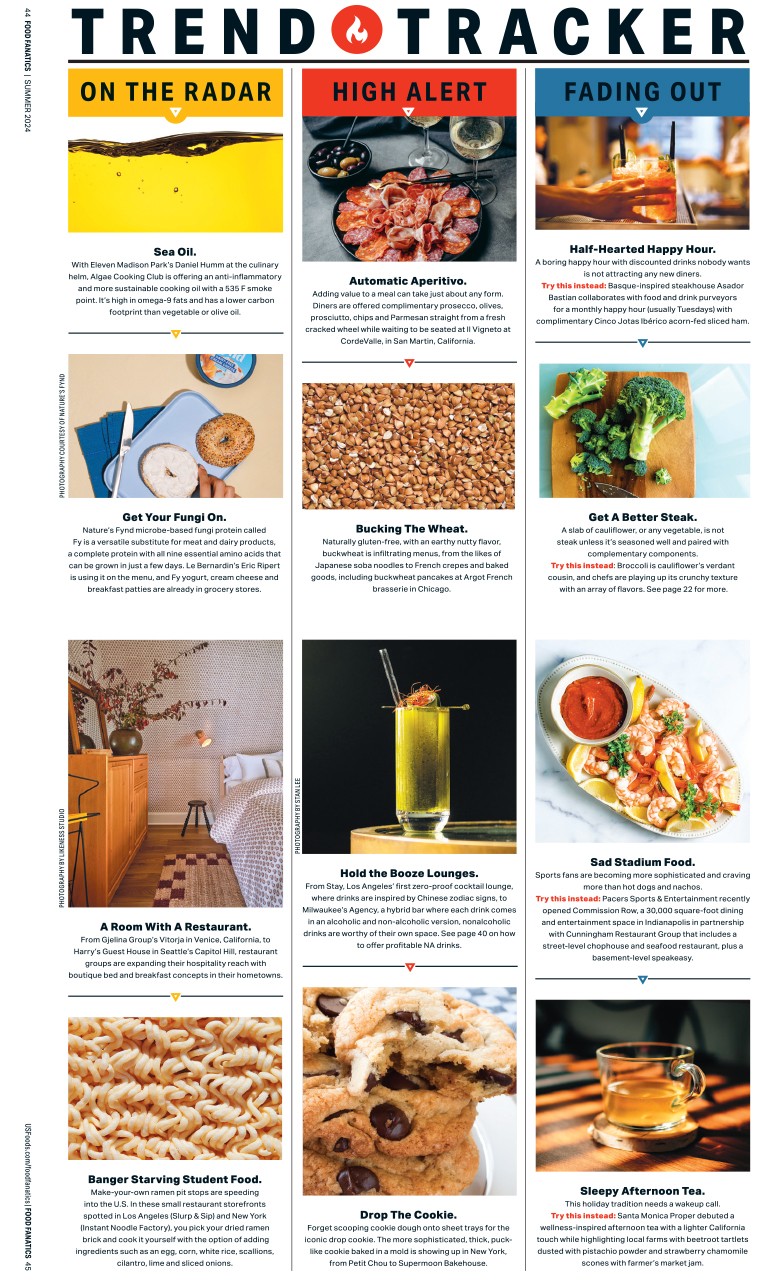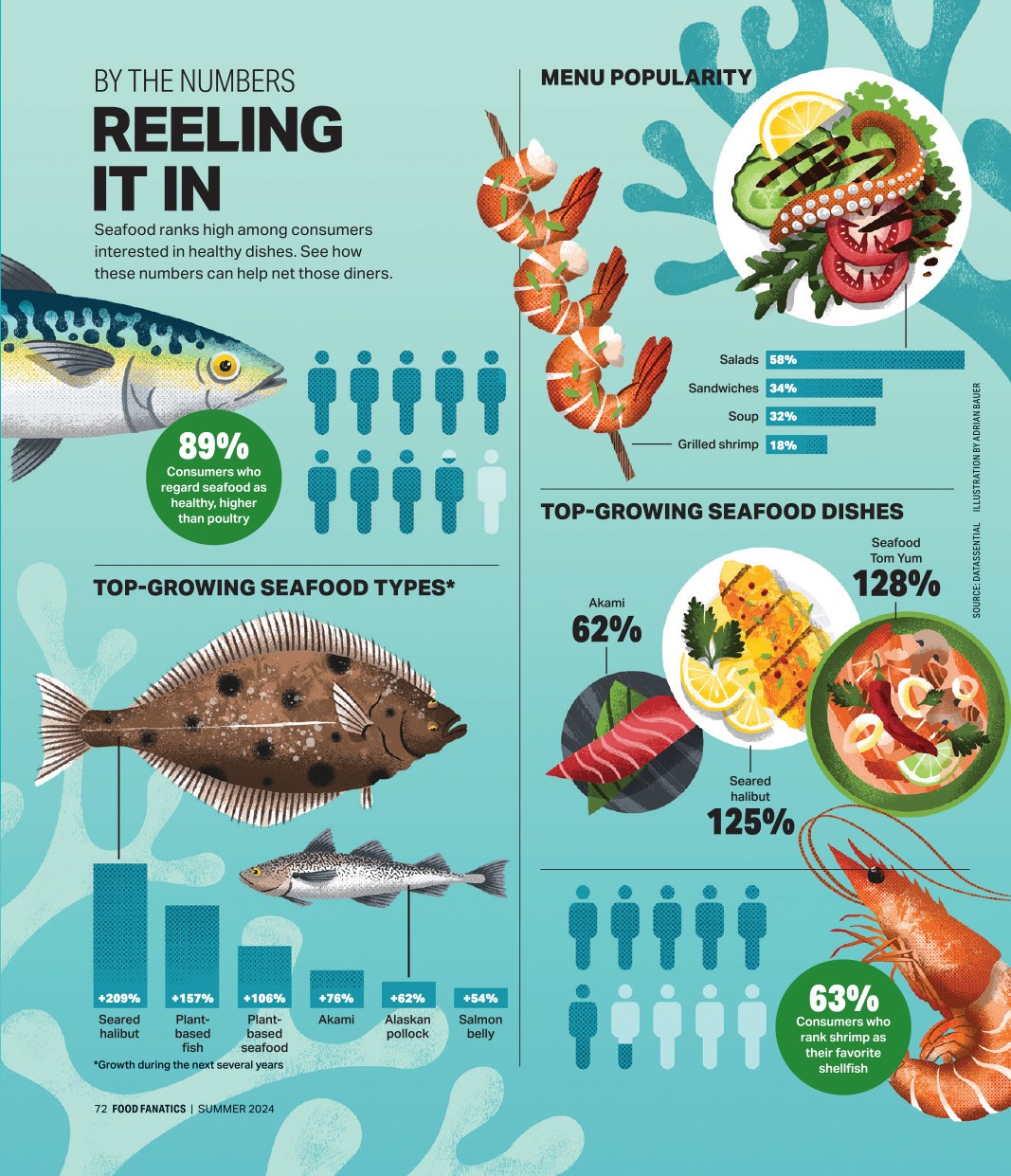The Highwire Act of Portion Control in Restaurants
How to balance food costs, portion size and customer satisfaction
Restaurant veteran Fernando Yuriar remembers when portions were “ridiculous.”
Breakfast plates loaded with hashbrowns, pancakes, eggs, bacon and sausage; massive burgers that looked more like an Instagram stunt than an actual meal; overfilled plates that few people could finish.
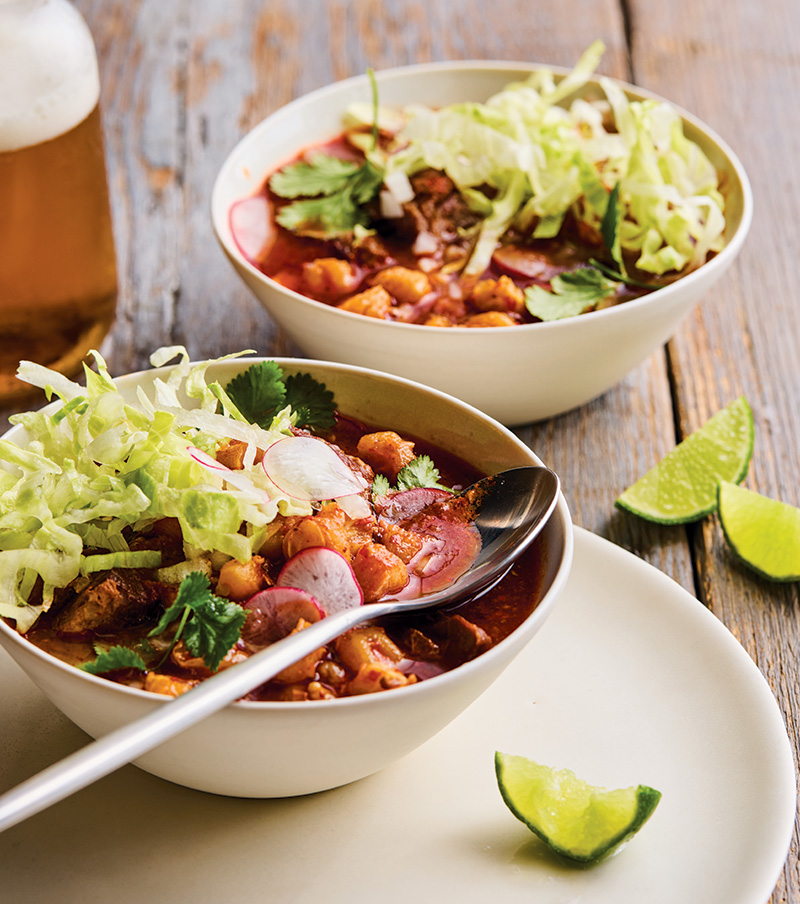
Yuriar, executive chef at Relish Burger Bar in El Dorado Hills, California, sees less of that for a variety of reasons.
“A lot of people are just more health-conscious nowadays,” says Yuriar, who’s been in the business for a few decades. “Everyone steers toward the healthier options.”
For restaurants, it’s a high-wire act, a delicate balance of weighing food costs with appropriate portions in a menu mix that delivers value to diners.
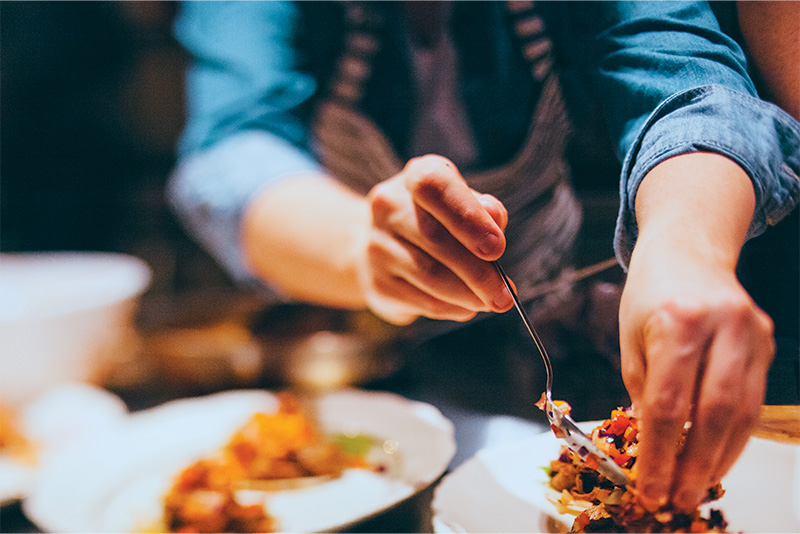
And it’s a calculus that’s become even trickier with significant food inflation (prices for food away from home remained more than 5% higher at the start of 2024 compared to a year ago, while grocery prices were up just more than 1%), soaring restaurant labor costs and the prevalence of specialty diets among consumers.
“We were always taught, ‘Get more bang for your buck,’” he says. “(If) I’m going to pay $11 for this chicken Caesar, it needs to be a mountain. And I kid you not when I tell you that our portion sizes were that big up until last year. We changed the menu this year.”
CRAFTING PERFECT PORTIONS
Relish Burger Bar recently shrunk a couple of menu items – a salad and a quesadilla – to make the portions more customer-friendly. Too much lettuce returned to the kitchen uneaten, so Yuriar bumped up the salad toppings and reduced the greenery while still maintaining appropriate food costs.
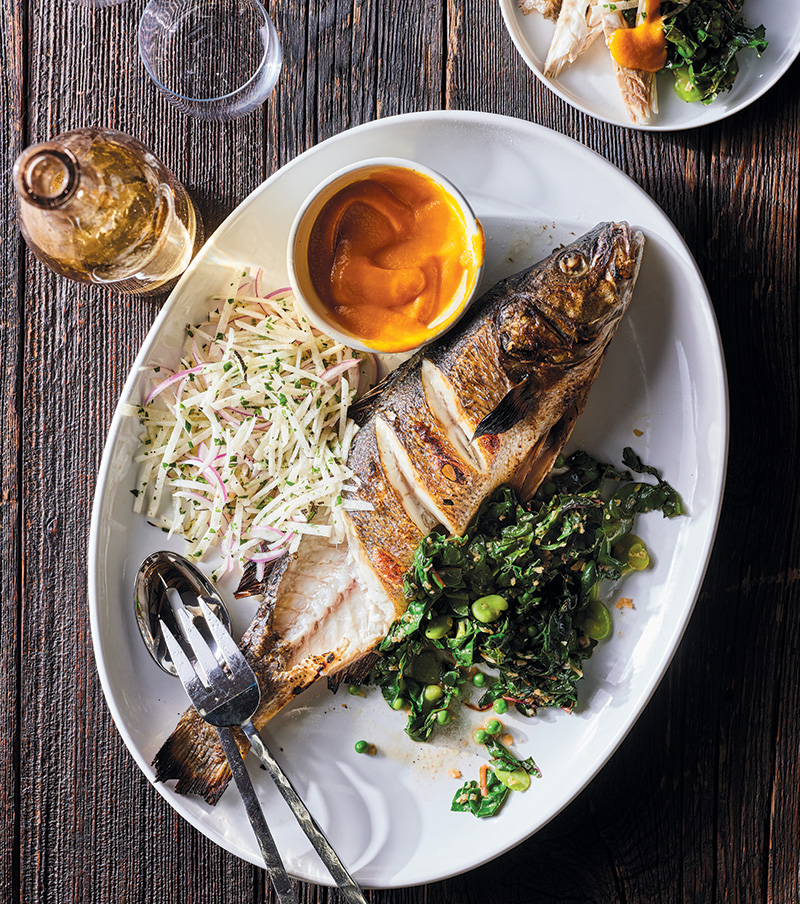
And the quesadilla went from a “monstrous” 14-inch flour tortilla to two 4-inch corn tortillas on a 7-inch plate instead of an 11-inch plate. The restaurant dropped the price by $1, too. “How many places open up and close so fast?” Yuriar says. “Because the people feel cheated.”
PUTTING KITCHEN TOOLS TO WORK
Tyler Lovejoy is the CFO and operations manager of Station Public House, which opened in Auburn, California, in February 2020 – just before the pandemic. By dealing with labor and food costs then, Lovejoy says, “It made us stronger as a company.”
The back of house is religious in its use of kitchen tools to measure ingredients and finished dishes, he says. A 4-ounce ladle for dipping sauces. A stainless-steel mixing bowl to portion fries. “It is challenging, especially when you get a new person and you’re kind of thrown into the kitchen,” he admits. “Our main chef oversees all that to make sure everyone is being trained and cross-trained, whether it be slicing or making recipes, making sure the right measurements are used.”
MASTERING THE UPGRADE
At Bar Under the Sun in Corpus Christi, Texas, the menu is tailored to a variety of meal occasions, from hearty dinners to a beer and a snack. Those looking for a heftier portion can spring for upgrades, such as adding bacon to a burger, says Jackson Hayes, executive chef. There’s no front-of-house staff in the traditional sense, but the cooks are trained to recommend dishes based on dining occasions. “So we can sort of steer them, depending on what they’re looking at when they come to the window and chat with us personally,” Jackson says.
DEVELOPING A COST-FRIENDLY (AND FILLING) SIGNATURE ITEM
Bar Under the Sun is known for its Potato Cracklins. Large russet potatoes are hollowed out, like canoes, before they’re chopped and frozen. “Then they’re ready to fry,” Hayes says. “It’s not quite a potato wedge, not quite a chip. It’s kind of its own thing. And it takes the labor away from rinsing and blanching french fries.” The potato innards become empanada filling. And the cracklins can turn any sandwich into a substantial meal.
PREPORTIONING PAYS OFF
It’s worth spending some labor dollars on portioning items in advance, Yuriar says. At Relish Burger Bar, a prepper dedicates a couple of days a week to breaking down frozen items, such as tater tots and fried pickles, into appetizer-sized portions. “It’s one of those days they dread, because it’s just tedious,” he says, but it’s a chore that pays off during crunch times.
CONSIDERING THE WEATHER
It gets hot in South Texas, something Bar Under the Sun considered when planning its menu, Hayes says. “Maybe not everything is making a run through the fryer, maybe some lighter dishes,” he says. So the menu includes items such as seared ahi tuna tostadas, served with guacamole, a cabbage-collard greens slaw and everything bagel salsa macha. “It’s a beautiful-looking dish,” he says. “And it’s a little bit fresher for those days when you don’t want anything deep-fried and a gut bomb for you.” The tuna is sliced thin after searing, with each portion weighed on a scale. “It’s good for sharing, and it’s a good hearty snack for one person,” he says. “But, since there’s two, you can share it … Since tuna is a little bit pricey, we are watching those portions and making sure that those are dialed in and hitting the right ounces.”
30-Second Synopsis to Portion Control
If your customers want healthier portions, try these methods from longtime chefs.
- Reduce the overall size of a portion, such as lettuce in a salad, but make up for loss of perceived value by adding other items
- Menu a basic sandwich, burger, salad or pasta, but offer healthier add-ons for an additional cost
- Watch what gets thrown out – too much of any ingredient means it’s too much food
- Use measuring tools for exact amounts to control costs
- Preportion ingredients
- Create a low-cost signature item and portion it as a shareable dish. It can be indulgent, which diners view as a treat when ordering a healthier food such as a salad or a simply prepared fish


